Establishment and Commercial Strategy
McFarland Mall's opening in 1969 was pivotal in Tuscaloosa's retail history. Developers Ward Wharton McFarland and James Hinton envisioned a modern shopping environment that would transform local commerce.
They chose a prime location near the interchange of Interstate 20/59 and McFarland Boulevard, boosting accessibility and visibility.
This strategic decision helped position the mall as a key player in the region's economic landscape.
The architectural firm Brandon Crawford and Associates, alongside N.C. Morgan Construction Company worked diligently to create an L-shaped mall that spanned 497,000 square feet.
Their design facilitated a welcoming shopping experience, attracting shoppers across the region.
The engineering input from McGiffert and Associates ensured that the structure was both innovative and functional, accommodating a variety of stores and services.
Upon its opening, McFarland Mall featured two major anchor stores, Woolco and Gayfers, and an initial set of 30 stores.
This diverse tenant mix catered to a wide range of consumer needs, from fashion to home goods, establishing the mall as a go-to destination for things to do in Tuscaloosa, Alabama.
This early success was a testament to the developers and management team's effective planning and market understanding.
Opening Day and Initial Stores
McFarland Mall set a high standard on its opening day, February 19, 1969.
The event gathered key figures like Mayor George Van Tassel and Tuscaloosa County Probate Judge John Puryear, illustrating the mall's importance to the community.
The ribbon-cutting by the young Hinton sisters added a personal touch to the proceedings, highlighting the family's role in the development.
The mall's initial lineup was quite diverse, anchored by Woolco and Gayfers, which drew significant local interest.
Shoppers had a variety of stores to explore on day one, from the Alabama Beverage Control Store to specialty shops like Butler's Shoes and Lorch's Diamond Shop.
This variety caters to many needs and positions McFarland as a comprehensive shopping destination.
Other notable openings included the City National Bank, which provided financial services to shoppers and tenants alike, and the Drapery Shop, enhancing the mall's appeal as a home decor destination.
These initial stores were crucial in establishing McFarland Mall's reputation as a central hub for shopping and community gatherings, setting the stage for its many years of operation.
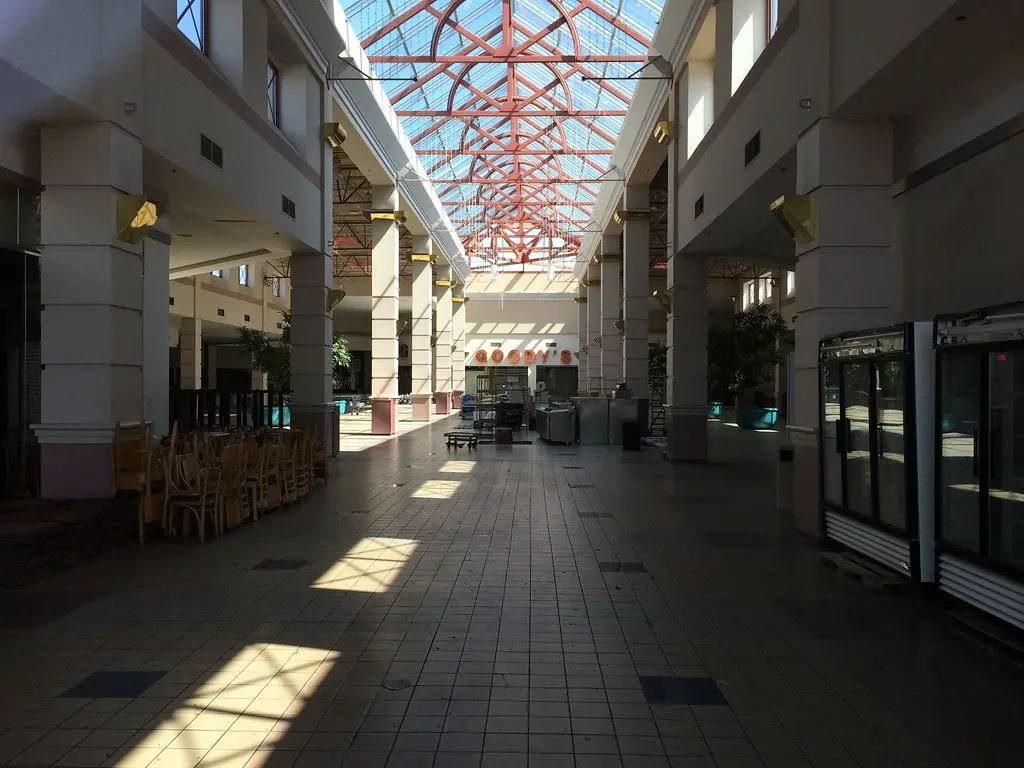
Expansion and Renovations of McFarland Mall
I find the evolution of McFarland Mall particularly interesting.
It expanded and renovated to keep up with growing competition and changing consumer preferences.
By the 1980s, the mall had increased its number of anchor stores to four, boosting its capacity to attract diverse shoppers.
Notable additions over the years included national chains like T.J. Maxx and local favorites, enhancing the mall's retail mix.
In 1980, a major renovation introduced a 320-seat food court under a large atrium, making the mall a social hub and shopping destination.
This was followed by another significant upgrade in 1993, which saw the modernization of interiors and the addition of Goody's Family Clothing as a new anchor tenant.
These updates were critical in maintaining the mall's appeal amidst an increasingly competitive landscape.
Further, including a 12-screen movie theater and a vibrant food court helped position McFarland Mall as a full-service entertainment complex.
This transformation was pivotal in extending the mall's lifespan well into the 2000s despite the broader challenges faced by the retail sector.
These efforts showcased a keen awareness of market trends and customer needs, keeping the mall relevant and bustling with activity.
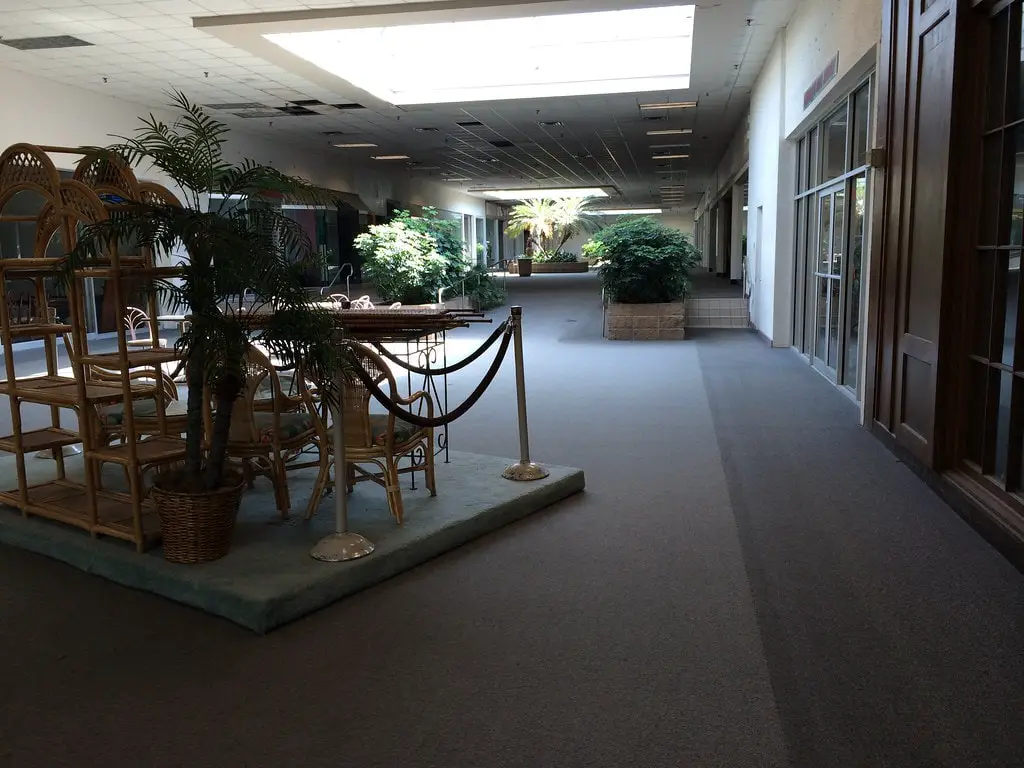
Anchor Tenants and Changes
The changing roster of anchor tenants at McFarland Mall offers a clear snapshot of the retail industry's dynamics during its operational years.
Initially anchored by Woolco and Gayfers, the mall witnessed several significant transitions.
Woolco closed its doors in 1983, and Zayre took over the space. This shift mirrored the broader changes in retail trends during that era.
The departure of Zayre in 1989 led to a division of its large space into smaller retail units.
This move brought in Jefferson Home Furniture (later Heilig-Meyers), T.J. Maxx, and Drug Mart, diversifying the shopping options available to patrons.
T.J. Maxx notably opened its doors to the interior mall, enhancing the shopping experience.
By 1998, another major shift occurred when Dillard's acquired Gayfers, only to close a decade later in 2008.
This exit marked a challenging period for the mall as it struggled to fill the void left by such a prominent tenant.
The continual adaptation of anchor spaces at McFarland Mall reflects the flux within the retail sector.
It underscores malls' challenges in maintaining relevancy and foot traffic amidst evolving consumer preferences.
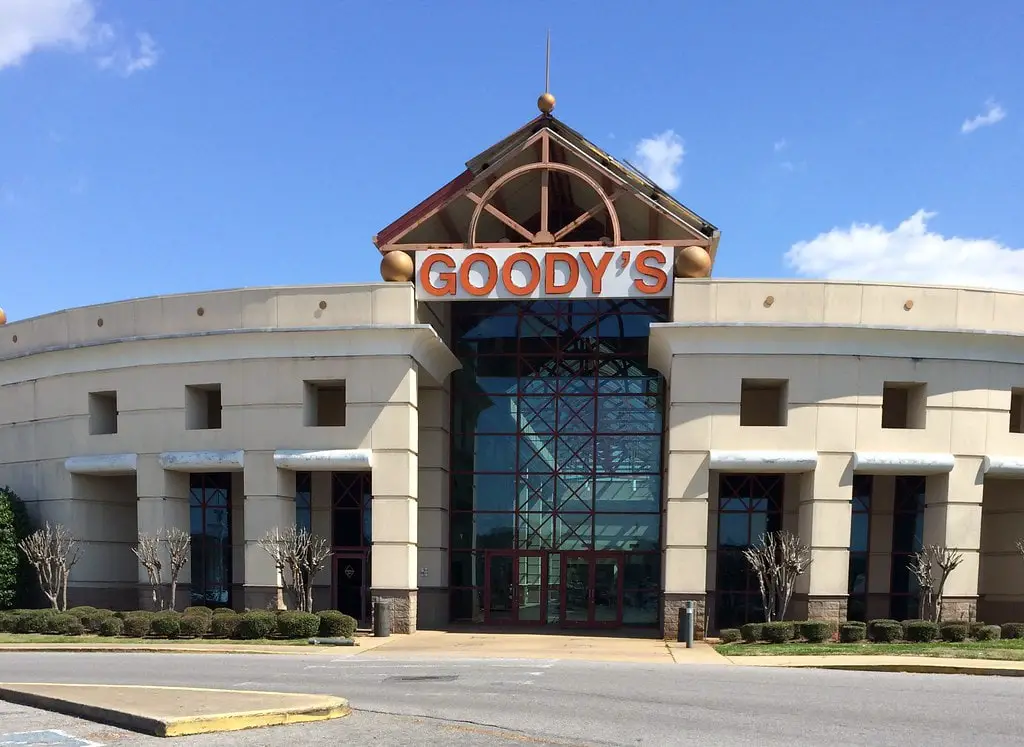
McFarland Mall Decline and Closure
I observe that the early 2000s marked a noticeable downturn for McFarland Mall.
The departure of anchor tenants and decreased shopper traffic contributed to its gradual decline.
By 2008, when Dillard's closed, followed by Goody's in 2009, the mall had lost crucial anchors that drew many visitors.
This trend mirrored the challenges many traditional malls face as shopping habits shifted towards online platforms and newer, more modern retail spaces.
The situation worsened when the remaining businesses began to vacate.
The blocked-off Dillard's wing in 2010 symbolized the mall's fading presence in Tuscaloosa's retail scene.
The mall officially closed on September 1, 2016, and was eventually demolished in April 2022.
The loss of McFarland Mall reflects broader economic shifts and the evolution of consumer preferences away from traditional brick-and-mortar stores.
During its final years, few attempts were made to revitalize or repurpose the aging complex, and redevelopment plans focused on demolishing the old structures.
This phase marked the end of an era for McFarland Mall, which had once been a bustling hub of activity and commerce in Tuscaloosa.
The mall's closure was not just an economic loss but also a change in the community landscape, reflecting the new realities of retail in the 21st century.
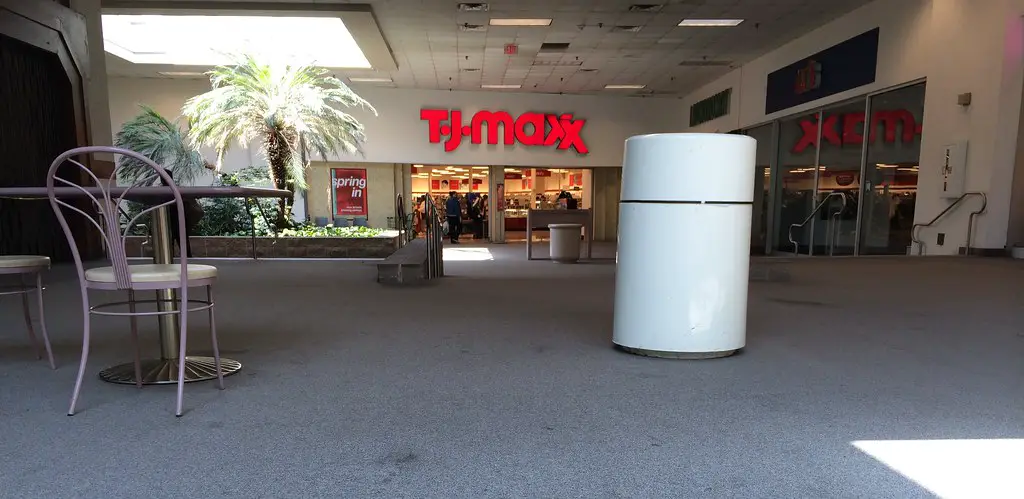
Redevelopment Efforts
The attempts to redevelop McFarland Mall reflect the ongoing challenges and opportunities in repurposing aging retail spaces.
In December 2012, the Tuscaloosa developer Stan Pate unveiled plans to overhaul the site.
Most of the old mall structure was slated for demolition to make way for new developments, which included popular eateries like Cheddar's Casual Café and Texas Roadhouse, signaling a shift from traditional retail to mixed-use spaces.
Cheddar's opened its doors in April 2013, but the broader redevelopment struggled to gain momentum despite these efforts.
Books-A-Million, initially slated to move into a newly constructed space, closed its store in May 2013.
These events highlighted the difficulties in revitalizing older mall properties due to changing retail landscapes and consumer preferences.
The ongoing redevelopment plans aimed not just at commercial revival but also at adapting to new market realities.
The transformation of McFarland Mall into a more modern, versatile venue known as Encore Tuscaloosa was part of a broader trend of turning dilapidated malls into vibrant community hubs.
This process, however, faced numerous setbacks, reflecting the complexities involved in repurposing large commercial properties.
Final Demolition and Current State
The final chapter in McFarland Mall's story was marked by its complete demolition in April 2022.
For decades, the mall had stood as a symbol of Tuscaloosa's commercial history.
Demolition began with dismantling the Dillard's anchor store in March 2014, a significant step in clearing the site for new developments.
This initial action set the pace for the eventual razing of the entire structure.
As of June 2015, a few businesses like Dollar Tree and Harry's Barber Shop continued to operate from the exterior of the otherwise vacant mall.
This showed a temporary adaptation, utilizing parts of the old structure until their relocation.
By December 2020, further demolition efforts focused on other sections, such as the old Chili's, paving the way for Stan Pate's vision of a new sportsplex on the site.
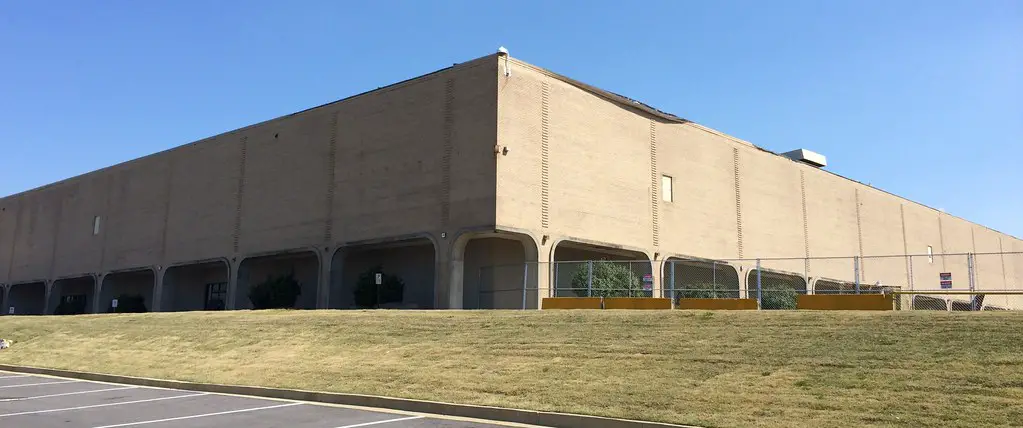
Revitalization Plans and Economic Impact
The recent news surrounding McFarland Mall focuses on the redevelopment plans known as Project Encore.
Tuscaloosa Mayor Walt Maddox and developer Stan Pate have proposed an economic incentive plan to revive the site.
This redevelopment strategy does not require upfront funding from the city.
Still, it allows up to $65.1 million in tax abatements over 24 years to foster infrastructure development and attract diverse businesses.
Mayor Maddox has highlighted the risk-free nature of this plan for the city, as the developer bears all financial risks.
The projected economic benefits include substantial tax revenues, which are expected to benefit local schools and public services significantly.
The plan is designed to transform the old mall site into a vibrant commercial and community hub, which could stimulate broader economic growth across Tuscaloosa.
